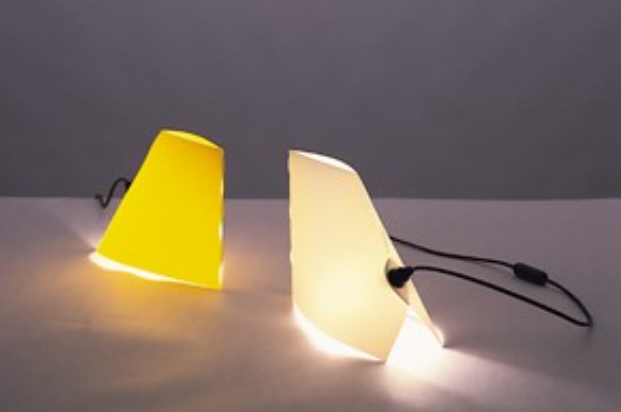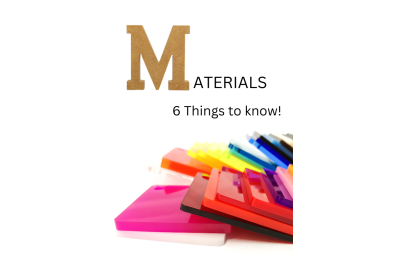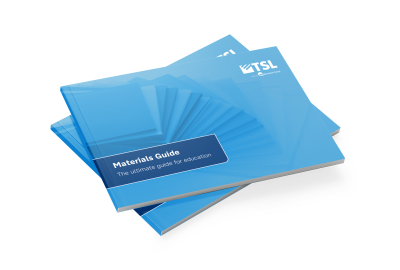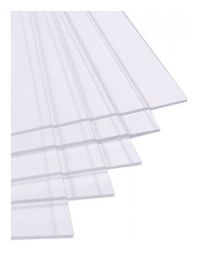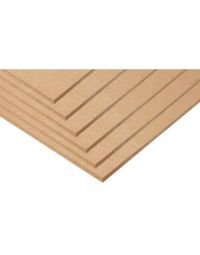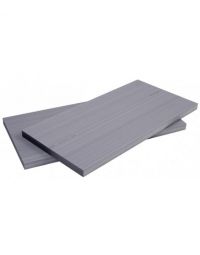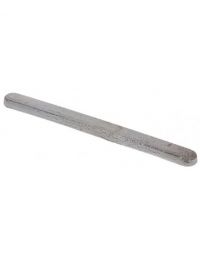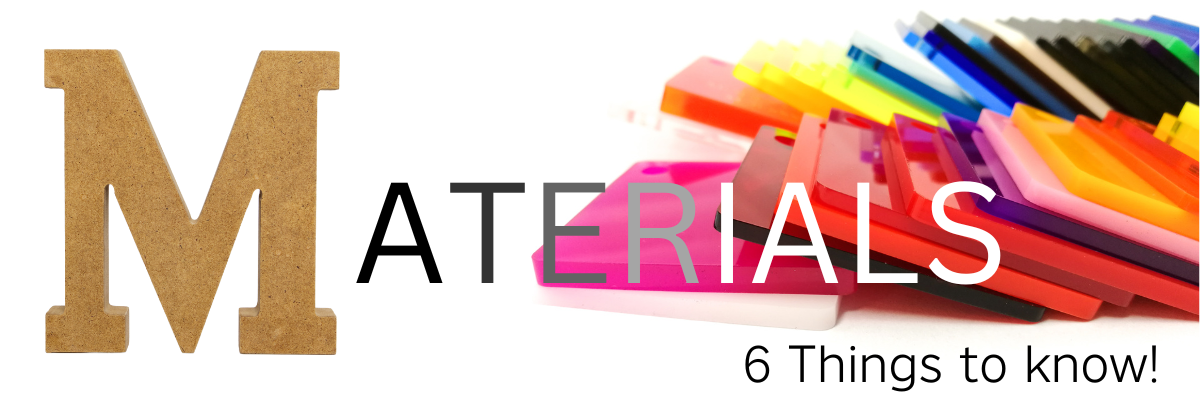

6 things you should know about your Design & Technology materials
At TSL, we don’t just want to help you by supplying the best materials to support your teaching, we want to share interesting ways of working with it too. Here is some useful information about the materials themselves and some project ideas for you to try.


Drill your acrylic without cracking it
Drilling acrylic can be a frustrating task for the uninitiated, often distorting or cracking the acrylic completely. By following a few guidelines you’ll soon be successfully drilling holes in your acrylic.
Specialist reduced rake bits designed for plastics are recommended but standard woodworking twist drills can also be used. It is recommended that the bits are re-ground giving zero rake.
Ensure the workpiece is laid flat on a scrap piece of acrylic or hardwood to prevent splintering and make a small pilot hole - don’t be tempted to use a punch. If you’re drilling a thicker piece of material, lubrication (such as WD40) is a good idea to cool the area and remove chips. A step drill is recommended for drilling larger holes in thinner material.




Get to know sublimation printing
The possibilities for sublimation printing can go beyond t-shirts and mugs. It’s a great way of brightening up and personalising some of your favourite materials and best of all, it’s easy! Why not look at creating branded items for the school shop or to sell as part of charity fundraising?
Acrylic sheet can be successfully sublimated; around 80 seconds in a heat press with medium pressure at 160°C should do it, so why not brighten up that white sheet of acrylic?
Standard High Impact Polystyrene can be problematic for sublimation but you can use specialist vacuum-forming sheets for fantastic sublimation forms.




Create your own ‘living hinge’ in sheet material
This is one of our favourite laser cutting techniques and works brilliantly with MDF and plywood, thanks to the properties of the material allowing slight flexing before fracturing.
You can create many different flexible ‘hinge’ designs from one piece of material by laser cutting an intricate design creating innovative containers and lamps to name a few. We have one here to help get you started.
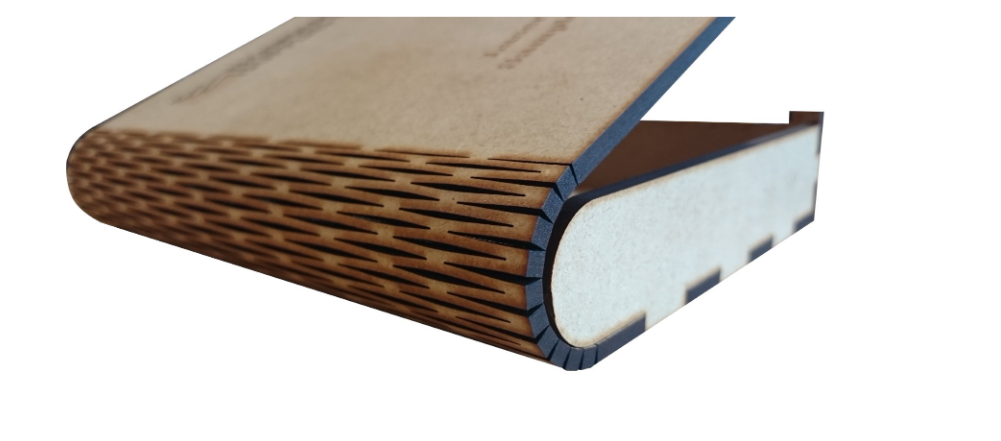

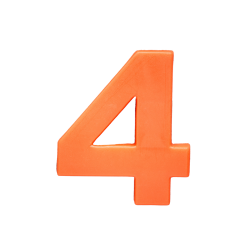

Your acrylic can do more
So you’ve successfully drilled holes into your acrylic and sublimated your design onto it, but that’s not all you can do.
Did you know that you can vacuum form extruded acrylic? It requires pre-drying in an oven at a temperature below the softening point and it is recommended that the material is formed immediately after pre-drying for optimum results. Go on, give it a go!
We all love cutting and engraving acrylic sheets on a laser cutter but ‘laser origami’ has to be one of our favourite techniques. Take a look at the video and see what it inspires you to make.


Make confectionary with a vacuum former and 3D printer (and chocolate)
There are two common grades of High Impact Polystyrene for vacuum forming, virgin and reprocessed. The virgin grade is generally considered food safe, but reprocessed is not.
With this in mind, why not create your own chocolate moulds from virgin grade sheets? If you have access to a 3D printer, you can design and 3D print your mould form and away you go. Just add chocolate...


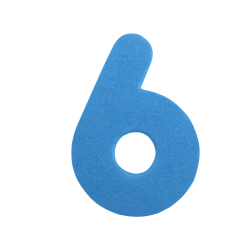

Think outside the box with polypropylene
Polypropylene is an incredibly tough plastic with good chemical and water resistance. It is a popular choice for folders and containers due to it being possible to score the material to create a bend that can be folded many times over, plus the large sheets can accommodate a host of NET designs to create complex box designs.
The lightweight nature of this material combined with the availability of translucent colours is what really makes it a winner as it is a great option for lighting projects. You can make some really intricate designs that wouldn’t look out of place in a designer furniture outlet!
